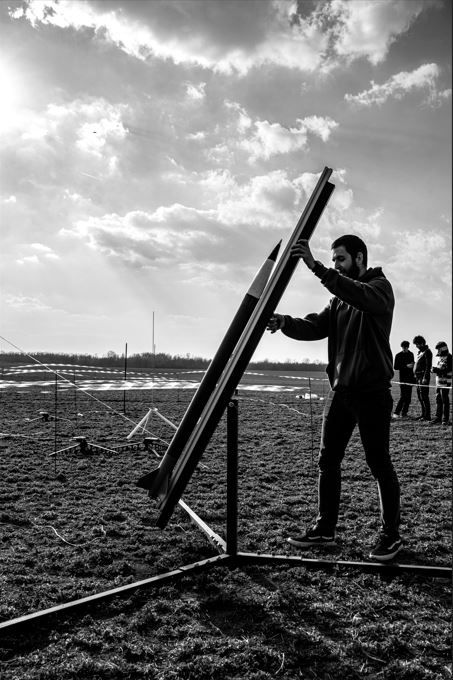The BME Suborbitals team from Hungary has qualified for Europe’s most prestigious international rocketry competition. The group of university students is studying rocket theory one week and then launching rockets the next. Interview on the potential of rocket technology and space exploration from the perspective of university students.
The BME Suborbitals, a team of young engineering students from the Budapest University of Technology and Economics (BME), has qualified for Europe’s most prestigious international rocketry competition with their unique rocket. The European Rocketry Challenge pits them against students from Europe’s top universities. BME Suborbitals, a team of 50 people from the Budapest University of Technology and Economics, was founded in early 2021, aiming to bring together students and young professionals interested in the space industry as a professional community. The team achieved second place in the international Big Rocket Competition earlier with the very first rocket they developed. Only 25 teams from the best European universities qualified for the European Rocketry Challenge. We interviewed Gergely Tölgyesi, the team’s strategy manager, about the challenges, the Hungarian space sector, and the infinite possibilities.
Hungarian space research is widely praised, and the radiation detectors on the International Space Station (ISS) are still based on Hungarian technology. What are the prospects for space exploration in a university environment?
The good news is that space is becoming more accessible, making it easier to enter the sector. At BME, students and the Chancellor’s Office are simultaneously pioneering work in this area. Students form self-organized clubs to share their knowledge and work on joint projects; while BME has recently launched an Aerospace Engineering MSc program, the applications are open to all. Space exploration is an international discipline, as the Earth is just a speck of dust compared to outer space. As long as Hungarian engineers and scientists can compete successfully on this global stage, Hungarian space research will have a future. Hungarian experts are widely respected now, and we would like to join their success.
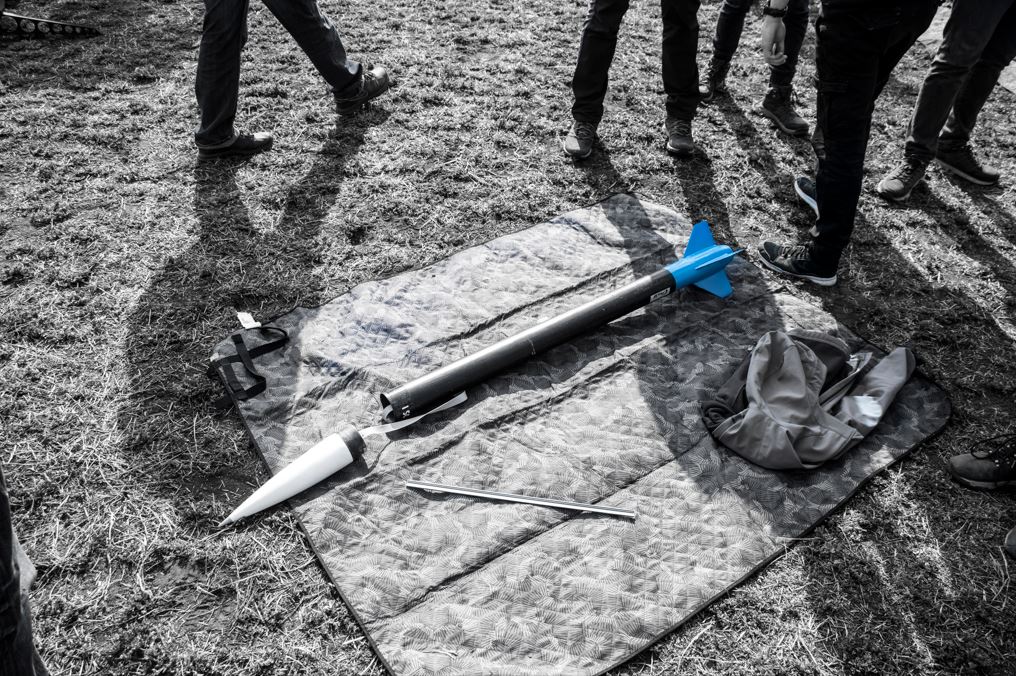
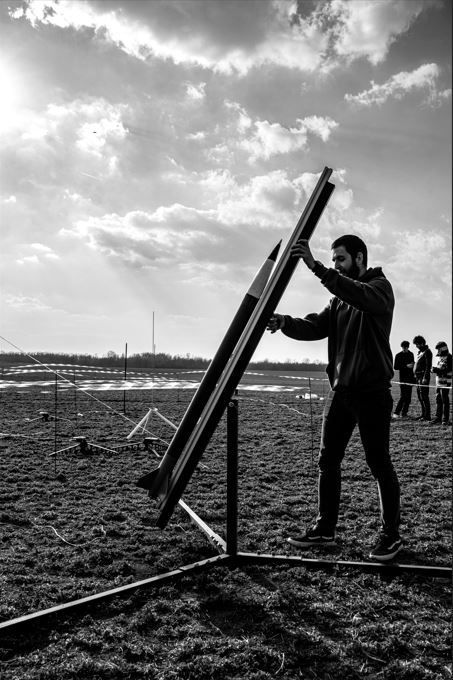
What kind of financial and human resources are available for Hungarian students in space exploration?
On the one hand, BME, in general, and the various university departments are doing their best to support us, for which we are very grateful. On the other hand, we must admit that new, modern technologies are always expensive. So, our team is also heavily dependent on external industrial sponsors. Fortunately, we could recently reach agreements with several companies for some support, so we can continue our work with a more financially stable background. In terms of human resources and brainpower, our university is a fantastic help. It is a wonderful feeling when we can put into practice on a rocket what we just learned a few weeks ago. However, it is also true that rocket science in Hungary is still a very new, uncharted territory. All of our projects are preceded by a profound literature review, where we usually gather and examine international work.
As a layperson, how can I imagine such a rocketry competition? Will the winner be the team whose rocket flies higher, faster, and more efficiently?
This depends very much on the competition. The European Rocketry Challenge, the competition we will be participating in this autumn, was founded primarily to create a competitive international atmosphere for young Europeans to test their knowledge and skills. But it also has a vital role in helping to build professional links among future space engineers. The competition has several categories, but the goal in each category is basically to reach the target altitude as accurately as possible. This requires a high degree of engineering accuracy since even if we reach the target height, if we exceed it, it is just as bad as not reaching it. In addition, the organizers also assess the teams’ group dynamics and how well the team can present and „sell” itself.
What are the areas within rocket technology that require substantial and urgent innovation?
This is a very exciting question as the technology currently in use is 70-100 years old, and only fine-tuning has taken place during the last decades. Strictly from a rocket technology point of view, perhaps making more environment-friendly or more efficient rockets would be a very important goal. There are very promising attempts for the latter now; just think of SpaceX’s reusable rockets. The former is a much more challenging task as eco-friendly fuels are usually very difficult to handle. Looking at the bigger picture, rocket science is a wonderful discipline that is still in its infancy.

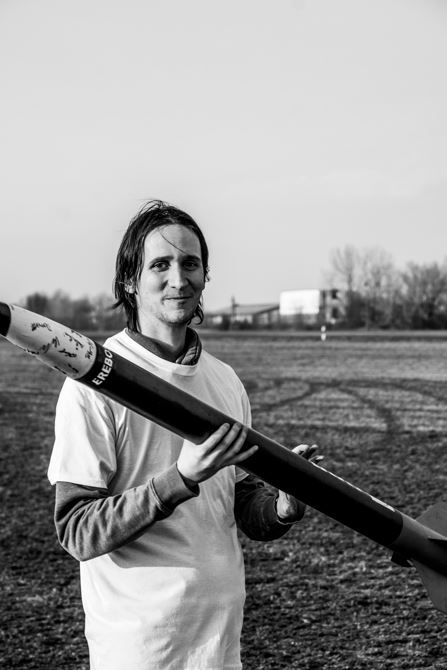
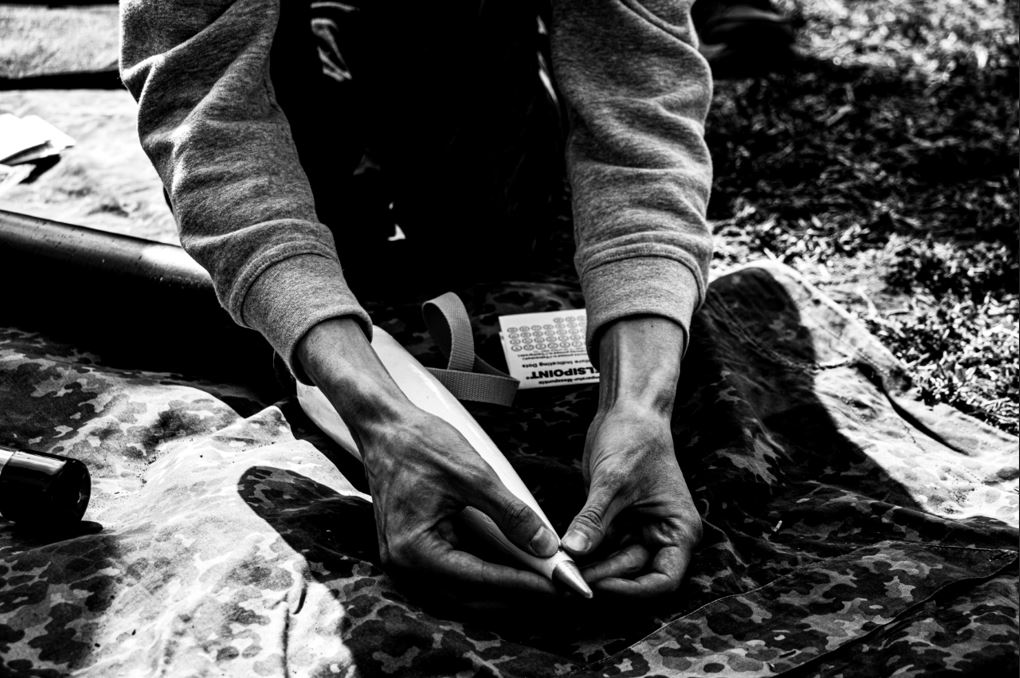
How does the team work? What are your approaches and methods? Who are the mentors?
The BME Suborbitals team is split into several working groups, where different working groups are responsible for different subsystems. In general, our projects are distributed between these groups. Firstly, all team members bring their knowledge, and, as I mentioned before, all our work is preceded by a detailed literature review. This is followed by design, construction, and testing, which we do either at the university or with outside help. The groups’ work is coordinated and supervised by the team’s management.
What is unique about the team’s technique, and what prospects do the members see for the future?
The most notable thing about our team is that we were the first students to enter this field in Hungary. This means a lot of challenges, and it gives us many advantages but also disadvantages. Moreover, our team’s rockets are designed for more than one flight, which is quite unique in this field. All our rockets manufactured in 2022 have already completed at least two flights, where parachutes were used for the return.
Photo: Budapest University of Technology and Economics









